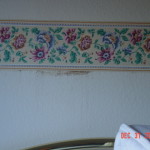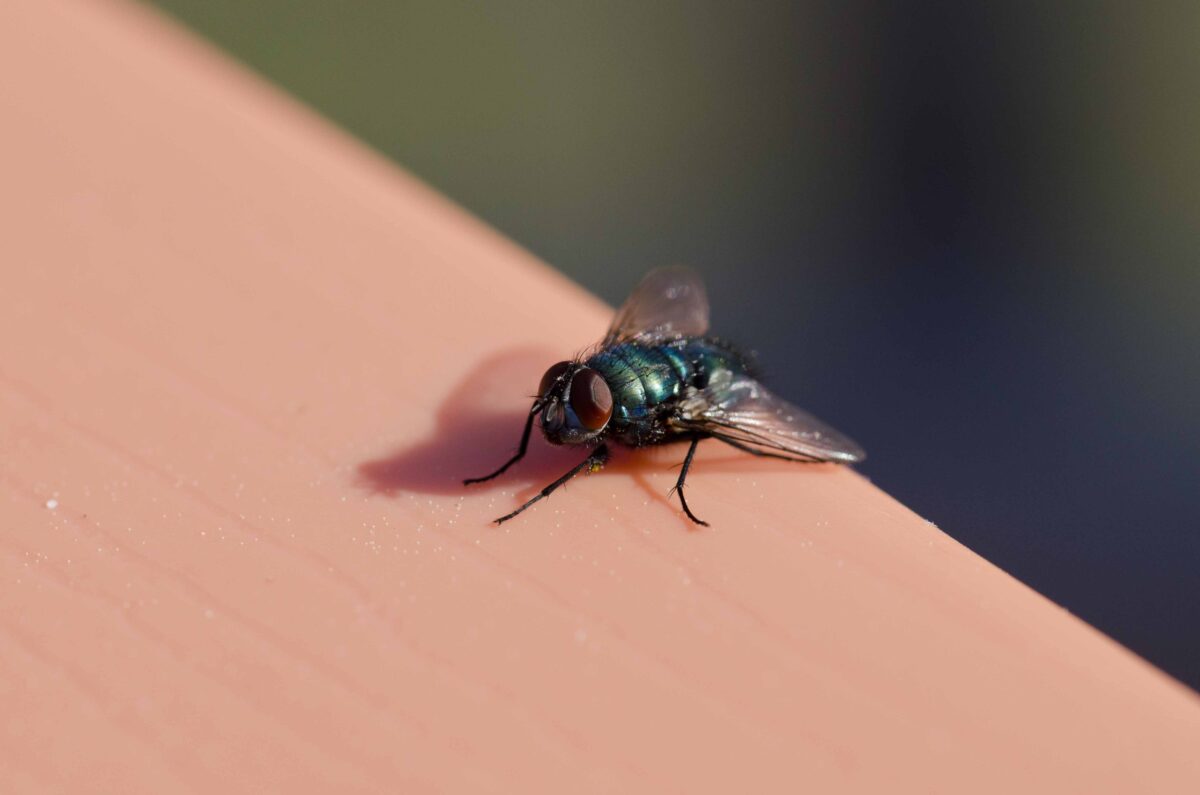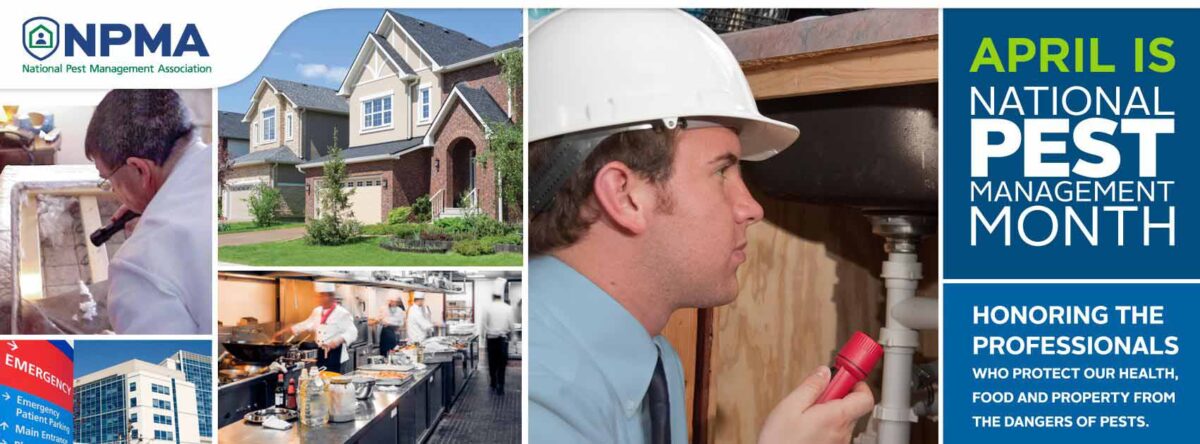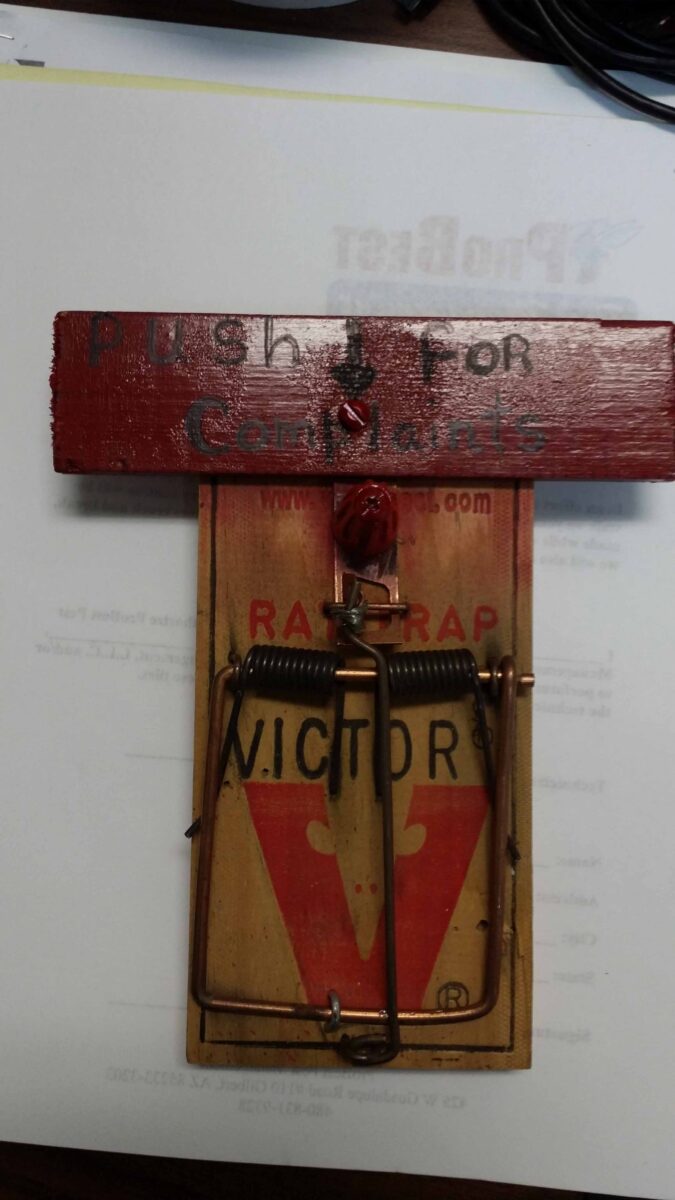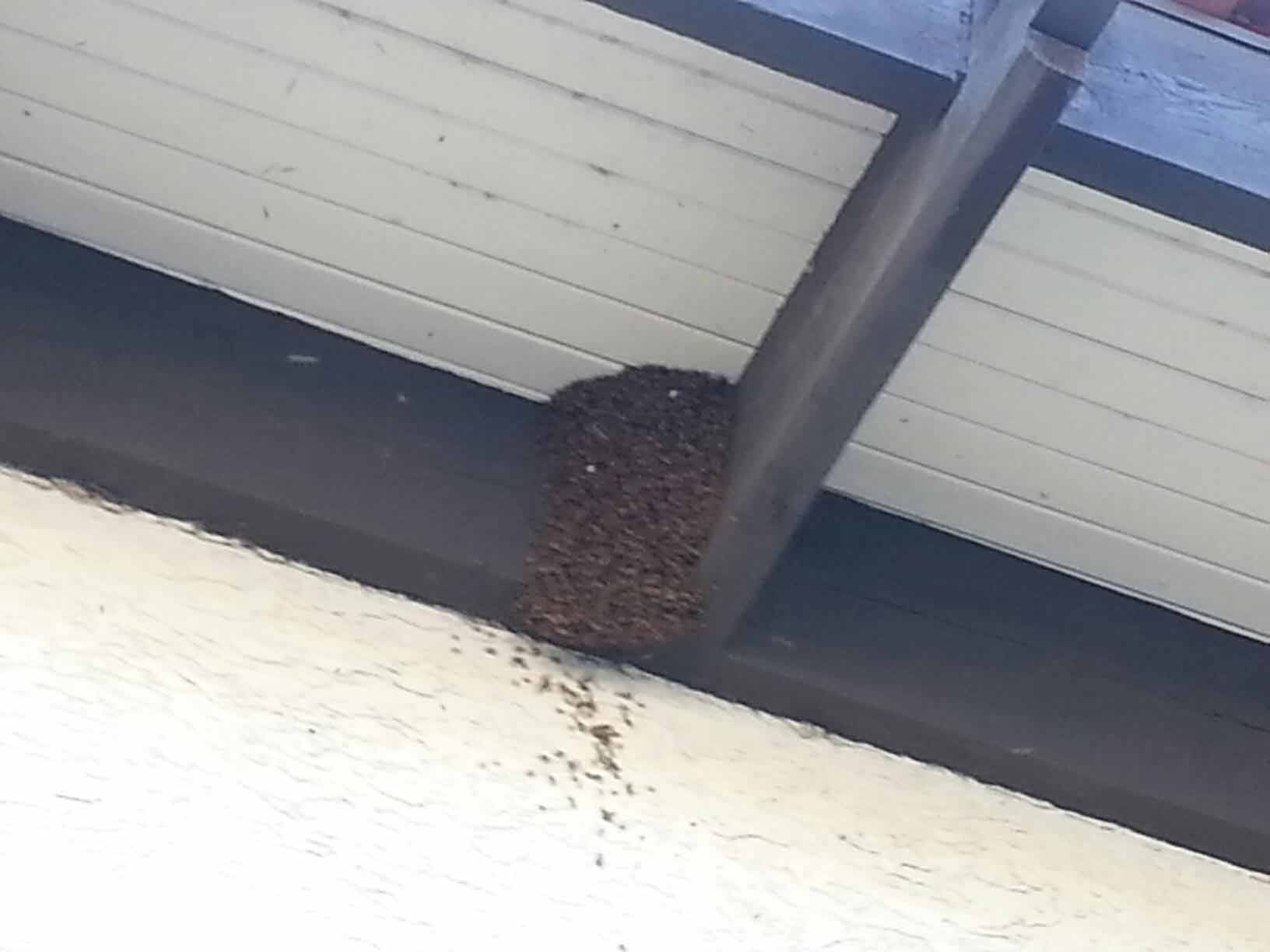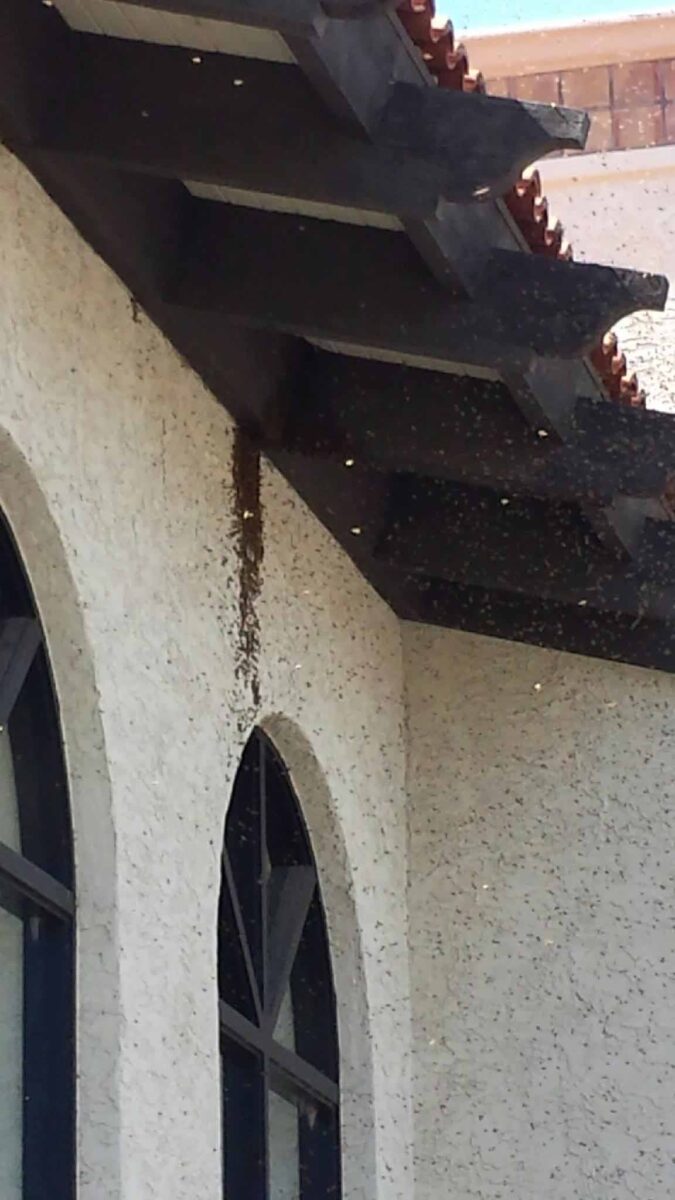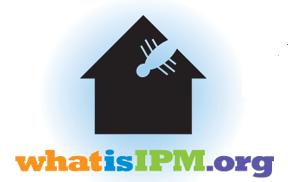I enjoy getting out and exploring, so please plan a visit to Arizona and see the beauty that is beneath your feet. All of these caves are unique in their own ways, dry, wet and breathtaking beauty but remember “Don’t Touch”, many of these formations take centuries to form.
Colossal Caves – outside of Tucson, my favorite cave in Arizona. I probably have been here at least 4 times. 16721 E. Old Spanish Trail Vail, AZ 85641 – 520.647.PARK (7275) I really love this cave, the tour takes about 45 minutes and the temperature is always about 70 degrees which is wonderful in the summer. You can actually witness bats and hear them making their little noise and cave formations like stalactites, flowstone, boxwork and helictites.
Kartchner Caverns State Park Kartchner Caverns SP Benson, AZ 85602 (520) 586-2283 This park has a recent history having been found in 1974 but kept as a secret until 1978/1984 and is considered a living cave.
Grand Canyon Caves – Mile 115 Route 66 63 Miles NE of Kingman AZ and 65 Miles West of Williams and the Grand Canyon Railroad
This cave is unique in that they have a Sloth bear (Jesse), offer night stays and the only draw back is that it is way out there. But it still deserves a visit, its on my list of things to see in Arizona.





